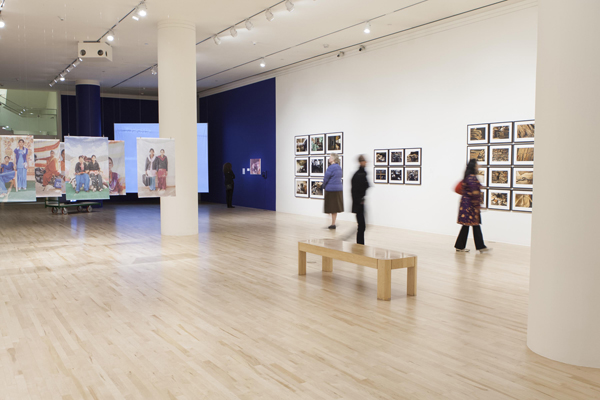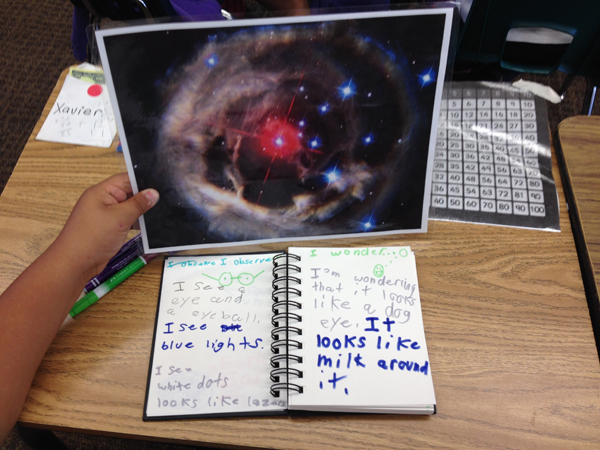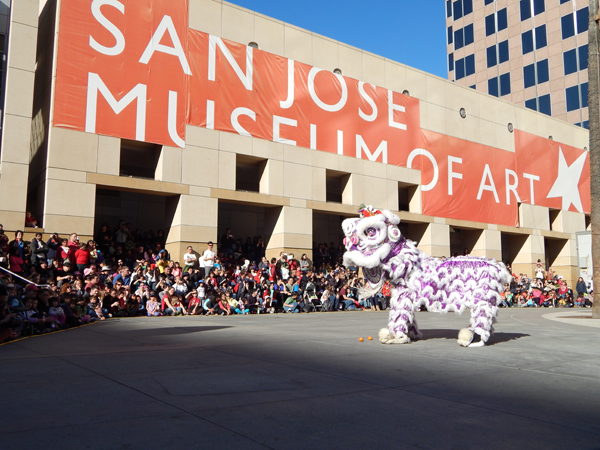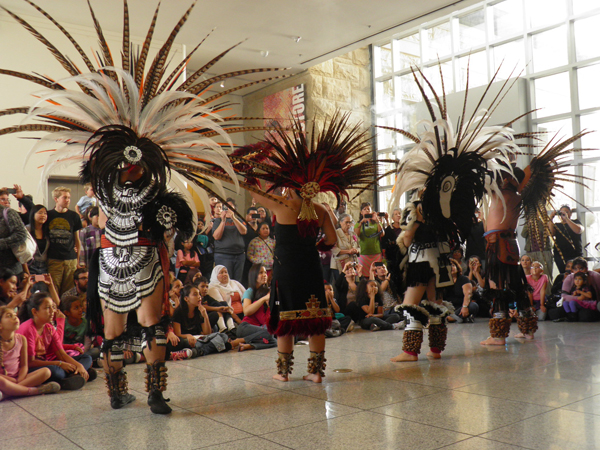The San Jose Museum of Art (SJMA) celebrates new ideas, stimulates creativity, and inspires connection. Welcoming and thought-provoking, SJMA is known for its surprising and playful perspective on the art and artists of our time. Founded in 1969 by a grassroots campaign to form a municipal art gallery, the museum has grown over the decades and earned a reputation for unexpected and adventurous exhibitions of modern and contemporary art. On a given day, visitors to SJMA might experience an immersive light and video installation by Diana Thater; rarely-seen drawings by José Clemente Orozco; an eclectic gallery inviting them to think about issues facing their city; and a new look at India’s history through the innovative work of contemporary South Asian artists. What these guests may not realize is that SJMA is the largest provider of arts education in Santa Clara County, serving more than 40,000 students at the museum and in the schools.

The "Postdate: Photography and Inherited History in India" exhibit
While arts education is nothing new to SJMA, here in the heart of Silicon Valley the push for STEM (Science, Technology, Engineering, and Math) education has challenged the art museum to meet the needs of the schools in new ways. The San Jose Museum of Art is a firm believer in the greater benefits of STEAM (adding the Arts to STEM). Two years ago, in response to this need and to the new Common Core standards, SJMA piloted a new, integrated arts education program that advances high-level thinking skills and merges the arts with learning in other disciplines: Sowing Creativity.

A student project for Sowing Creativity
In Sowing Creativity’s pilot year, 2013-2014, educators took inspiration from the exhibition series Around the Table: food, creativity, community, in which 39 contemporary artists celebrated and explored the role that food plays in our lives (this exhibit is also the topic of a WMA 2015 session, which you can learn more about here). Sowing Creativity brought first- to fifth-grade classroom teachers together with teaching artists from SJMA and farm visits with Veggielution, a local community farm organization, believer in the greater benefits of STEAM (adding the Arts to STEM). Two years ago, in response to this need and to the new Common Core standards, SJMA piloted a new, integrated arts education program that advances high-level thinking skills and merges the arts with learning in other disciplines: Sowing Creativity.

A student project for Sowing Creativity
In Sowing Creativity’s pilot year, 2013-2014, educators took inspiration from the exhibition series Around the Table: food, creativity, community, in which 39 contemporary artists celebrated and explored the role that food plays in our lives (this exhibit is also the topic of a WMA 2015 session, which you can learn more about here). Sowing Creativity brought first- to fifth-grade classroom teachers together with teaching artists from SJMA and farm visits with Veggielution, a local community farm organization, to promote students’ creativity and success. The program included eight hands-on art-making sessions in the classroom led by a SJMA teaching artist, a visit to the museum for an inquiry-based gallery tour and related art-making project, and a visit to a community farm. The curriculum also included a food journal, sparking conversations and lessons about healthy eating habits. In its first year, Sowing Creativity served more than 1,200 students, 80% of whom attended Title 1 schools.

Onlookers gather for a performance during the Lunar New Year Community Day
In the academic year 2014-2015, SJMA partnered with the teaching scientists of Youth Science Institute for the new version of Sowing Creativity. Once again SJMA’s ever-changing exhibitions provided the launching pad for the curriculum, which led students to ask and answer two essential questions: Who am I and how am I connected to the universe, my planet, and my community? What processes, purposes, and tools do artists and scientists share? A series of age-appropriate lessons unfolded sequentially in a four-part, macro to micro succession: universe, earth, community, and self. Artist Diana Thater’s installation for SJMA’s “Beta Space” gallery explored the dung beetle, or rainbow scarab, and its relationship to the Milky Way galaxy. In connection with this exhibition, students learned about the Hubble Space Telescope (a source for many of Thater’s images) and created pastels inspired by the scientific observations. They made scientific illustrations based on their own observations and learned about animal adaptations. Student projects also included urban planning and design skills as they constructed their own cities out of paper in a lesson inspired by SJMA’s exhibition City Limits, City Life. Next year, SJMA will continue this arts/science track and develop a new arts/math curriculum.

Visitors revel at the "Beta Space: Diana Thater" exhibit
Like the wide-ranging exhibitions in the galleries, these school programs demonstrate that art is a gateway to a wide variety of ideas. The arts encourage not just imagination, enjoyment, and self-expression, but also problem-solving skills, cognitive range, teamwork, spatial and relational understanding, design thinking, and of course, creativity.

Visitors watch a performance during the Dia de los Muertos Community Day
Make sure to visit the San Jose Museum of Art during the WMA 2015 Annual Meeting on October 24-27. You can also visit during the Museum Impossible Evening Event, or attend a session dedicated to SJMA’s Around the Table exhibit.
The Member Early Bird Registration deadline is July 31, 2015. Register today and save!








Add new comment